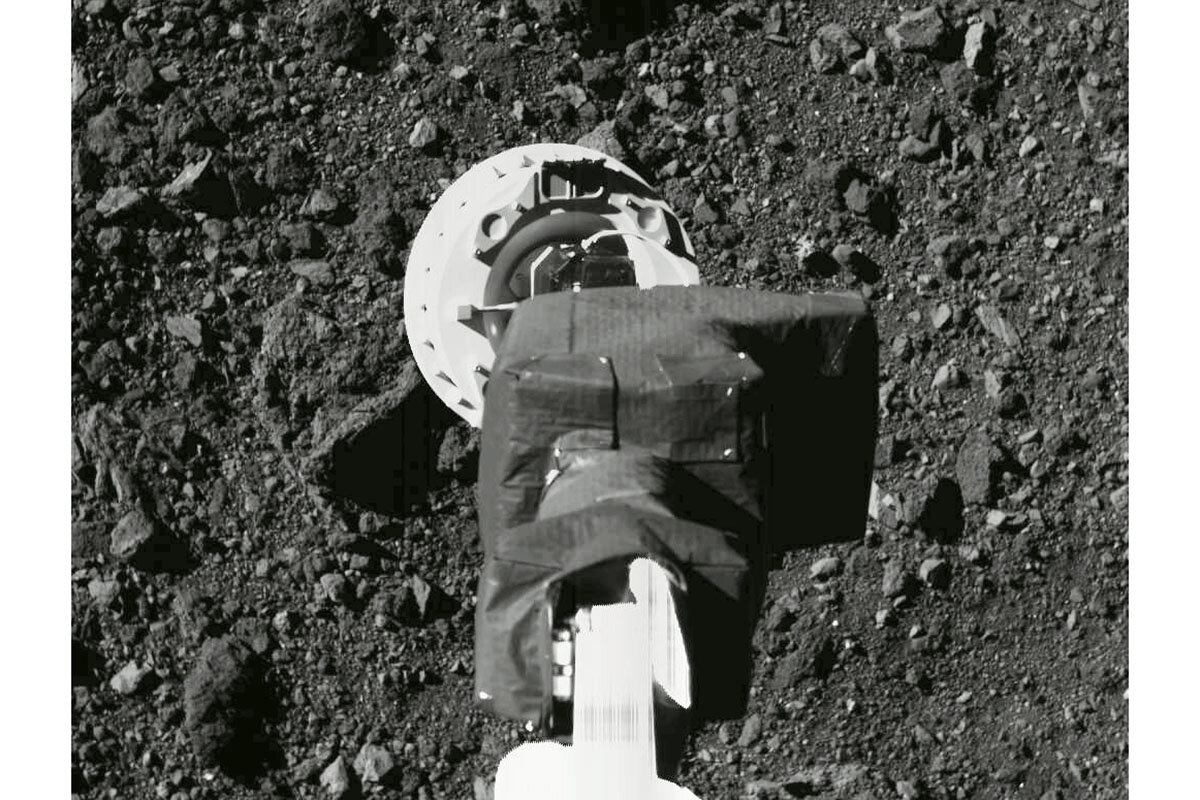To Bennu and back: NASA’s audacious asteroid mission

 David Clark Scott
David Clark Scott
There’s a certain audacity about NASA’s latest mission.
Remember the old barnstorming air shows? You might see someone hanging on a rope ladder dangling from a biplane. Then, he swoops down past the audience and grabs a handkerchief.
On Tuesday night, NASA essentially performed the “hankie grab” on the far side of our solar system, 200 million miles away. For the first time, NASA sent a spacecraft to snatch soil samples from an asteroid moving at 63,000 mph.
Asteroids are geological time capsules floating in space. Or as NASA’s Thomas Zurbuchen put it, the rubble scooped from Bennu could be a kind of cosmic Rosetta stone that “tells the history of our Earth and solar system during the last billions of years.”
At the very least, this mission is a triumph of imagination and technological prowess. And patience.
The OSIRIS-REx spacecraft left Earth four years ago. It orbited the asteroid Bennu for two years, collecting photos and data. Yesterday, the craft touched down for a few seconds, and snatched up as much as 4.4 pounds of primordial rocks and dust.
In about a week, NASA should know if the spacecraft collected enough rubble or if it needs to make another attempt. Then, the spacecraft will head back to Earth with its Rosetta rocks. That journey will take about two more years.
But some things – like a deeper understanding of the origins of our solar system – are worth waiting for.



